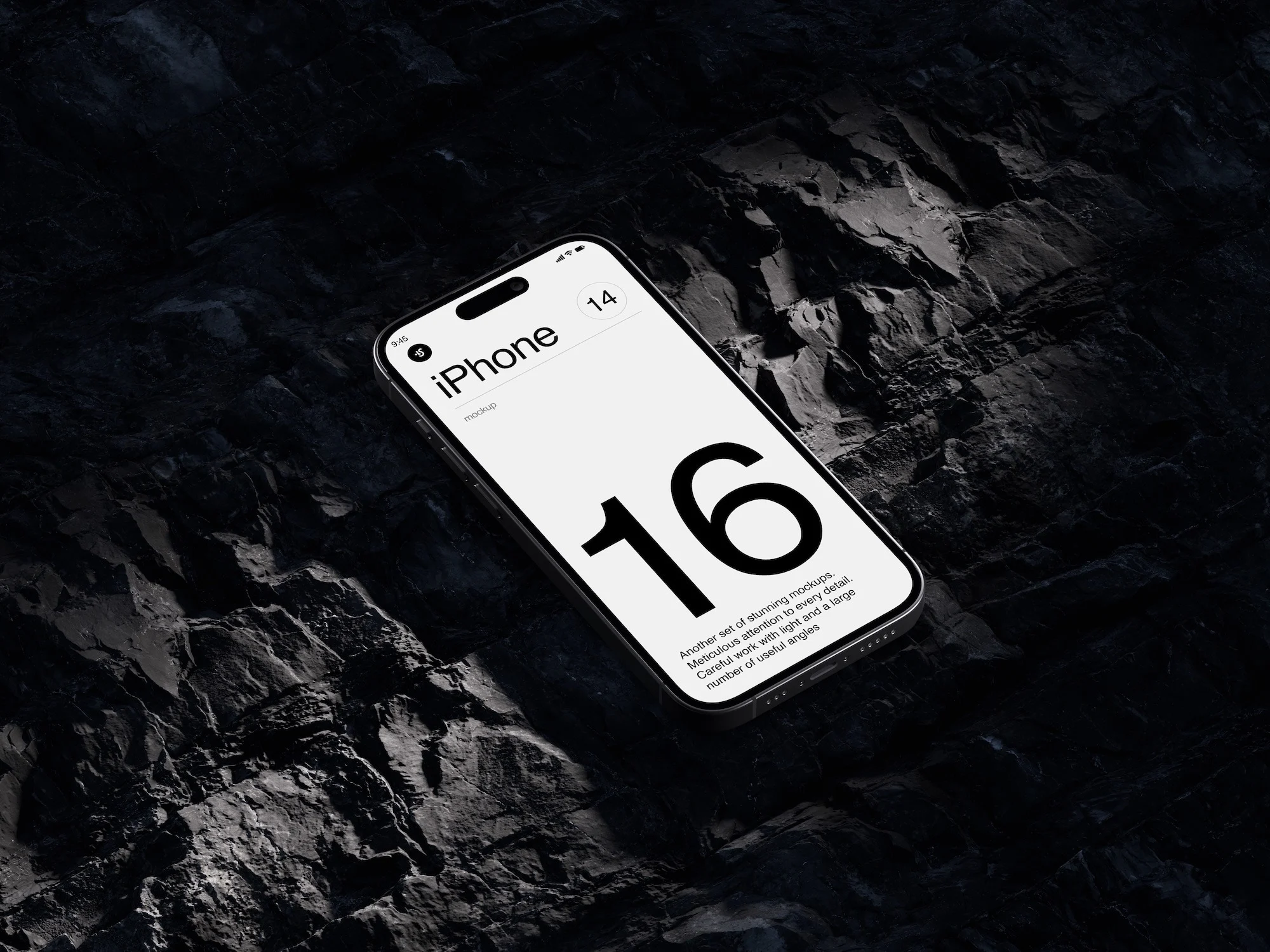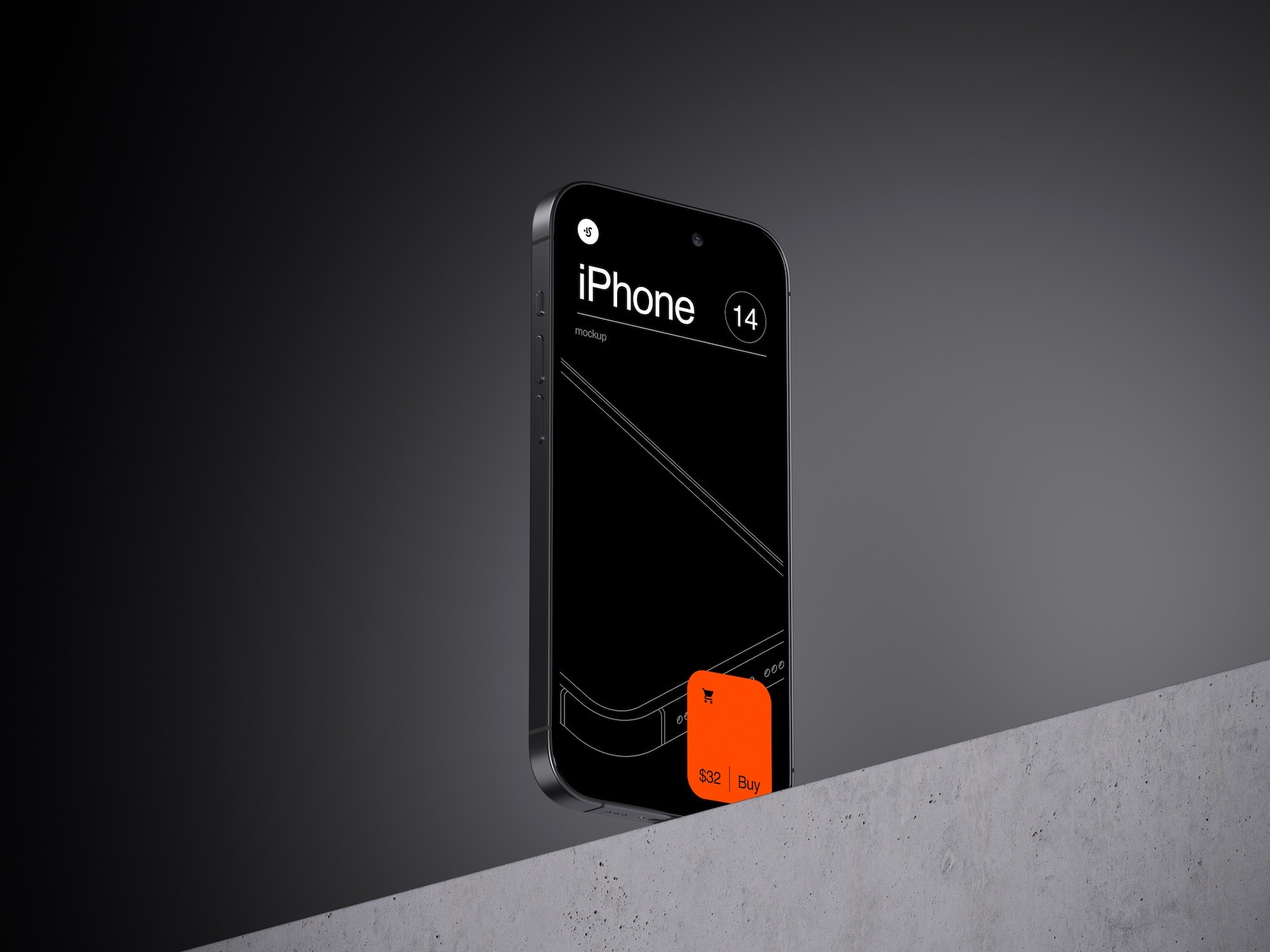Redesigning an insurance platform for specific cyber risk jobs
Taking Bitsight's Cyber Insurance offering from a reskinned third party risk management app to a platform designed for specific cyber insurance jobs.
Role
Lead Product Designer
Industry
Collaborated with 1 Product manager, 4 developers.
Duration
Foundational research- 1 month | Design and testing - 3 months | Engineering, debugging, redesigning - 7 months
Stage 1. Research
Initiated the project with comprehensive market research, analyzing competitors and identifying gaps in the social dining app market. Conducted surveys and focus groups with potential users to understand their needs, preferences, and pain points regarding dining out and socializing.
Synthesized research findings to develop a clear value proposition for the app, focusing on unique features such as group dining options, personalized restaurant recommendations, and event planning capabilities.
Stage 2. Information Architecture redesign
Led the conceptualization phase, brainstorming with the design team to generate innovative ideas that align with user needs and project goals. Developed user personas and scenarios to guide the design process and ensure a user-centered approach.
Mapped out user flows for key app functionalities, including account creation, restaurant browsing, event creation, and social interactions. Prioritized simplicity and intuitiveness in the navigation structure to enhance user engagement.
Stage 3. Delivery
Created detailed wireframes and interactive prototypes using Adobe XD, focusing on crafting an inviting and user-friendly interface. Selected a warm and inviting color scheme and typography that reflects the app's social and culinary focus.
Developed high-fidelity prototypes that showcased the app's core features, including a dynamic home feed, detailed restaurant profiles, and an integrated chat system for planning dining events. Conducted iterative design reviews with the team to refine the prototypes.






